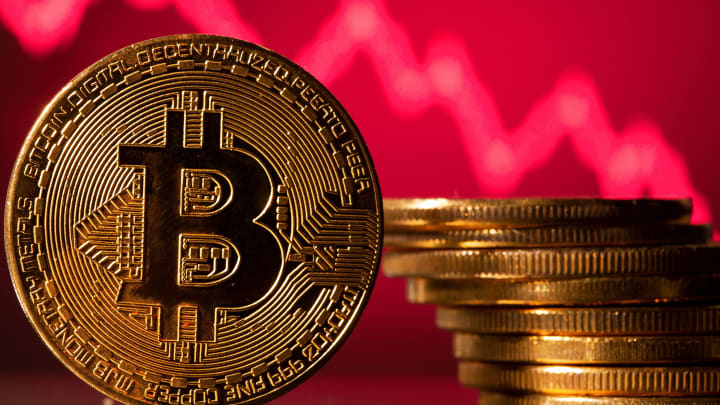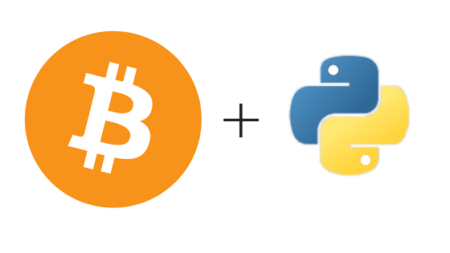The currency that revolutionized the world
The intention of this post is to be an explanation for Bitcoin and why many of us find it useful.
As money is accepted for all of us as a medium of exchange, many people started to accept Bitcoin in the same way. Just think about we conceive a market where the stocks of Apple are worth $150 each, we assign the price of Bitcoin $40,000 (as of today).
Bitcoin, then, is a social construction, digital currency to be used between people in exchange of a service or a product.
I like to draw parallels sometimes to understand things a little better. In the same way that children organize themselves at school recess to exchange figurines, and through supply and demand they set the prices of their assets, evaluate what is the most convenient, and accept or deny prices, there is a community on the internet, in the world today that accepts Bitcoin as a means of payment. When you send Bitcoin you are not sending dollars or Euros, you are sending Bitcoins. Bitcoin is its own unit. Bitcoin has its own market price, i.e. its own price, and both the transferor and the receiver accept it. You can take usd as the reference price in a transaction, but at the end of the day, 1 BTC equals 1 BTC. For this reason, maybe X amount of BTC today is worth $100, but tomorrow it will be another amount, lower or higher. The price of Bitcoin seems to be the same all over the world, except in specific cases where, due to capital control issues, it could be more expensive due to the impossibility of obtaining it.
Price and value are two different things. Price is a social perception. It fluctuates in the time according to the market, supply and demand. But value is something that increases or decreases according to the improvements (or not) that developers make in the technology behind the coin. To understand this a little better:

Sometime, the value is underpriced, sometimes is overpriced, but value doesn’t change as the price does.
Bitcoin is identified by this symbol: ₿, and abbreviated as BTC or, now not so common, XBT.
There is an absolute limit in the protocol (technology behind bitcoin), which is 21 million coins. That is, there will never, but never, be more than 21 million Bitcoins. They are generated at a rate that began as 50 bitcoins every 10 minutes, and every 4 years or so is reduced by 50% until reaching the total, i.e., the total 21M (the famous “halving”). Approximately 18 million Bitcoins have been issued so far, i.e. 85% of the total.
Each Bitcoin can be divided into 8 decimals. The decimals are called satoshis.
That is to say that 1 BTC= 100,000,000,000 satoshis.
Wallets
Bitcoins are stored in wallets, which allow you to store, send, and receive bitcoins. The wallets indicate initial balance and movements. They can be used on computers or cell phones.
A wallet has many addresses where bitcoins can be sent, being non-repeating, and valid forever. Each time we receive a transaction, the code automatically changes the address of the wallet, to increase privacy. The address is an alphanumeric set, not defined by us, but by our wallet.
1EjrtandoNeTxxxxxxFQBjnCmVZ7D75LLLp
This is what a Bitcoin wallet address looks like, weird, isn’t it?
The positive thing is that we can have as many Bitcoin wallets as we want, we don’t need to open any account anywhere, nor ask for permission. Besides, there is no need to fill in personal data. The Bitcoin are yours, regardless of where they are deposited.
About wallets
When you open a wallet, the application will provide you with a list of 12 to 24 keywords. This list is called as your keys. It is important to write them down and never lose them. Memorize them if possible and never, but absolutely never, give the keys to anyone. The keys are so that, in the event of loss of the device, you can recover your wallet and retrieve your funds, without this backup, it is absolutely impossible to recover the money.
As of today, there are millions of bitcoin wallets with bitcoin inside that are unrecoverable at this point, including the one presumed to be that of Bitcoin’s creator, Satoshi Nakamoto, an unknown and anonymous hero, with 1 million coins on its wallet.
Some wallets you should consider if you want to store Bitcoin:
- Trezor (Cold Wallet).
- Ledger (Cold Wallet).
- Electrum (Laptop).
- Bither (Laptop).
- Muun (Mobile).
- Breez (Mobile).
How to buy? Check out 5 ways to get bitcoin.
This brings us to our last question. What for?
Bitcoin cuts out the middleman. You can move money, from double zeros up to 20 zeros, in any way by relying on nothing more than a device. Moreover, it shortens distances. If tomorrow I, in Canada, need to make a transfer to a person in Australia, I can do it in a matter of minutes, without intermediaries, and with an almost funny fee. Security is a very important factor in the network, and transactions are encrypted in order to protect the privacy of the sender and the receiver. Bitcoin integrates the world, generates communities behind the currency and makes us all speak a common language, far from governments or absurd limits imposed by geography, culture or skin color. Bitcoin is a language that anyone can speak if they are willing.
Finally, Bitcoin was born thanks to its creator, Satoshi Nakamoto, through his famous white paper, which you can read here.







